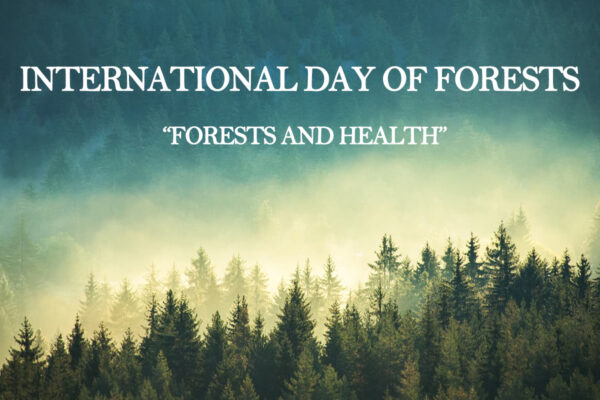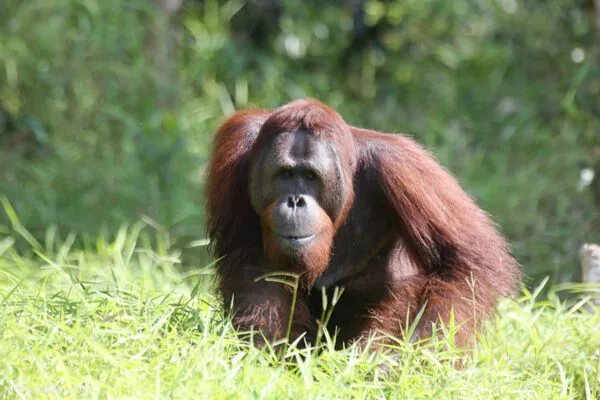Government Feeding Cooked Up Numbers About Increasing Forest Cover in India?
India made three big commitments to the environment in the 2015 Paris Agreement. Besides reducing greenhouse gas emissions and increasing renewable energy capacity, India agreed to create an additional ‘carbon sink’ of 2.5 to 3 billion tonnes of CO2 equivalent through surplus forest and tree cover by 2030.
On this Green India Mission, India is receding further rather than improving. Natural forests across the subcontinent are disappearing, however, the government numbers state otherwise.
Table of Contents:
Green Cover in India
Skeptical Figures
Questionable Methodology
Contributing Factors
Areas Marking the Decline
Further Loss of Green Cover
Declining Carbon Stock
Change Course Now or Perish
Green Cover in India
Forest Survey of India (FSI) is an organisation of Ministry of Environment, Forest and Climate Change that has been carrying out the task of nationwide biennial forest cover monitoring and assessment since 1987. FSI releases India’s State of Forest Report (ISFR) every two years, providing the data on forest and tree cover in the country. According to the ISFR 2019, India’s forest and tree cover has increased from 8,02,088 sq. km. in 2017 to 8,07,276 sq. km. in 2019.
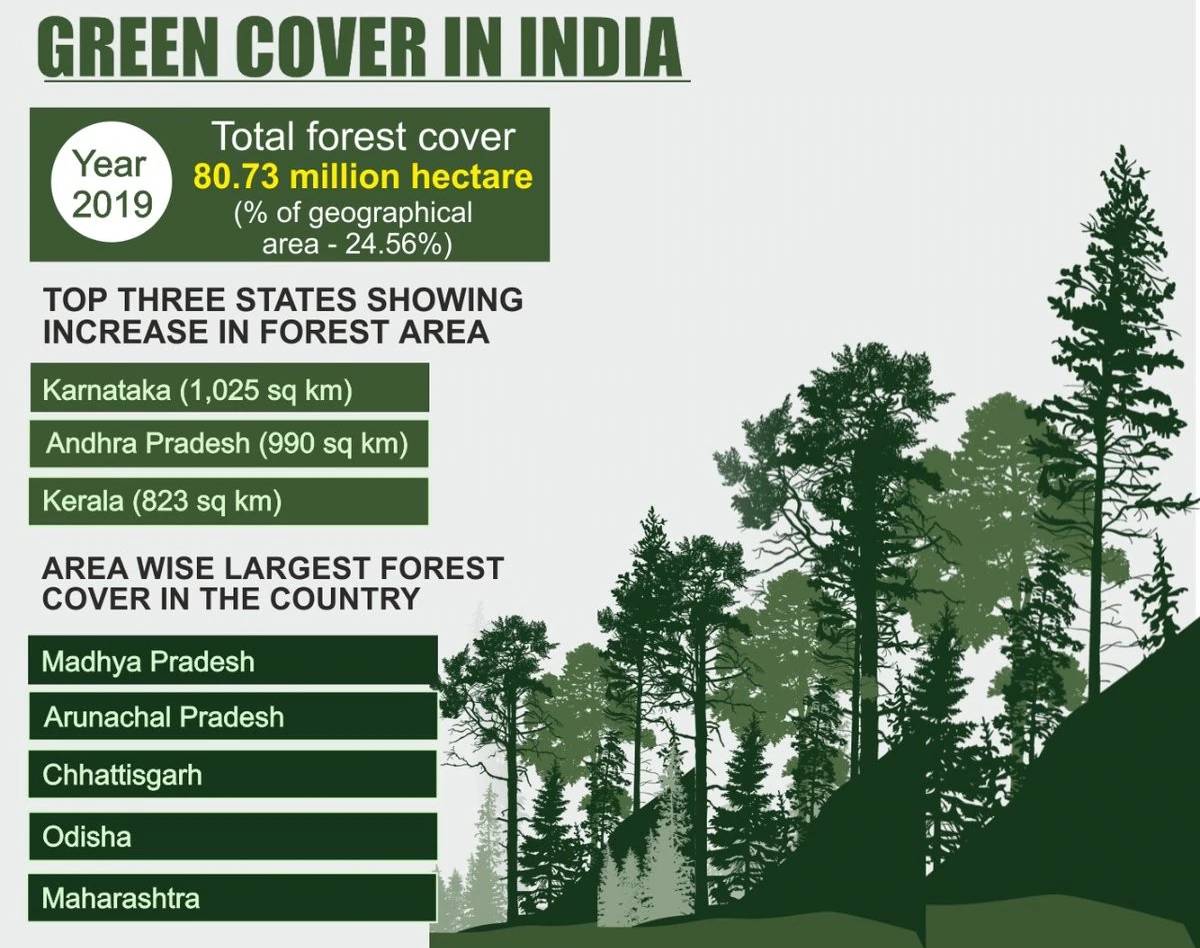
Green Cover in India India according to State of Forest Report 2019 | Image: PIB
The latest report states that the current forest cover is 7,12,249 sq. km. which is 21.67 percent of the total geographical area of the country. The tree cover is estimated as 95,027 sq. km. which is 22.89 percent of the total area.
ISFR 2019 attributes the gain of forest cover to better conservation measures, protection, afforestation, tree plantation drives, and agroforestry. Although, the report did reveal that northeastern states lost around 10.45 percent of forest cover of its total geographical area, excluding Assam and Tripura.
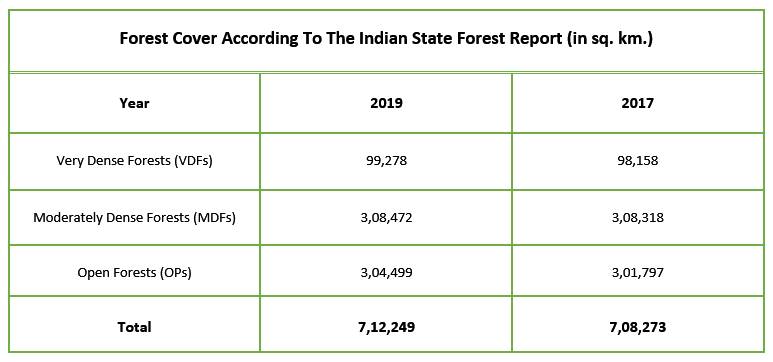
Skeptical Figures
It is surprising, given the tremendous amount of developmental projects undertaken by the centre and state governments in the past decade. According to the World Resources Institute, the country has lost 1.6 million hectares of tree cover and 16 million trees between 2001 and 2018, of which 9.4 million trees were felled in just the last five years.
Despite swathes of forest land being converted for non-forest use each year, the “losses” do not reflect in the report.
Forests have been wiped out to execute almost 500 projects in forests and Protected Areas (PAs) cleared by the National Wildlife Board (NWB) between 2014 and 2018. This is the reason that the country has lost 1,20,000 hectares of primary forest in the past five years.
Also Read: Greed for Iron Ore Mining Devoured Three Wildlife Sanctuaries in Jharkhand
We Indians have penetrated deep into the forests while destroying them for our own motives. Several thousand hectares of land is being diverted for roads and dam projects, taking away lakhs of trees and yet the government data shows an increase in forest cover.
Last year, over 2500 trees were cut down in their prime in Aarey Milk Colony, Mumbai, for the construction of a metro car shed. Aarey falls within the eco-sensitive zone of Sanjay Gandhi National Park and sprawls over 1300 hectares in the city’s suburbs.
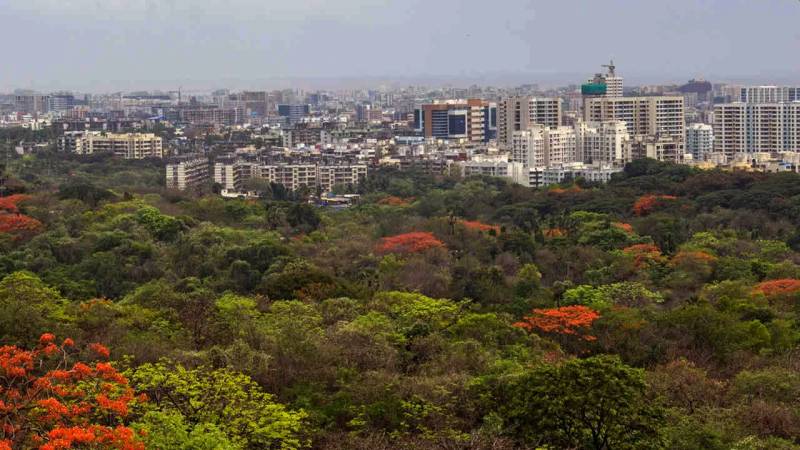
Aarey milk Colony forest cover | Image: Rajesh Sanap
However, the government claims that Aarey is not a notified forest, hence the land can be used by the government for the metro projects. The activists said otherwise, expressing concern that the project will destroy Mumbai’s “green lungs” and floodplains of Mithi River. The pleas yielded no result and thousands of trees were felled in just 24 hours.
Questionable Methodology
The methodology includes all patches of land with a tree canopy density of more than 10 percent and more than one hectare in area, irrespective of land use, ownership and species of trees. Experts point out that government estimates include plantations which are different from natural forests and must not be included in the forest survey.
The UN has also expressed reservations about the methodology for computing forest cover by including commercial plantations, orchards and taking a 2-meter height of trees instead of the internationally accepted figure of 5-meter.
The major issue lies in how “forests” are defined in government records. Instead of just canopy cover or hectares, the need is to focus on what is a ‘thriving forest’ or an ‘ecosystem’. It is time to reorient FSI itself and focus on restoring the ecosystem.
Factors Contributing to the Declining Forest Cover
India is ranked 10th in the world, with 24.4 percent of land area under forest and tree cover, even though it accounts for 2.4 percent of the world’s total surface area and sustains the needs of 17 percent of human and 18 percent of livestock population.
Therefore, the first and foremost factor that has led to the decline of forest cover in India is the increasing population that has penetrated deep into forests to fulfill their requirements of shelter, food and societal progress.
Agricultural expansion, thousands of developmental projects, heavy soil erosion, overgrazing by pastoral groups, deforestation, mining, thermal power plants and extraction of timber for fuel are a few to name.
The ISFR 2019 attributed the loss in forest cover and impairment of forest canopy to shifting cultivation, felling of trees, natural calamities, anthropogenic pressure, developmental activities and forest fires.
It states that over 30,000 incidents of forest fires were reported in India in 2019. Around 11 million hectares of land burned across the country over a period of about 6 months.
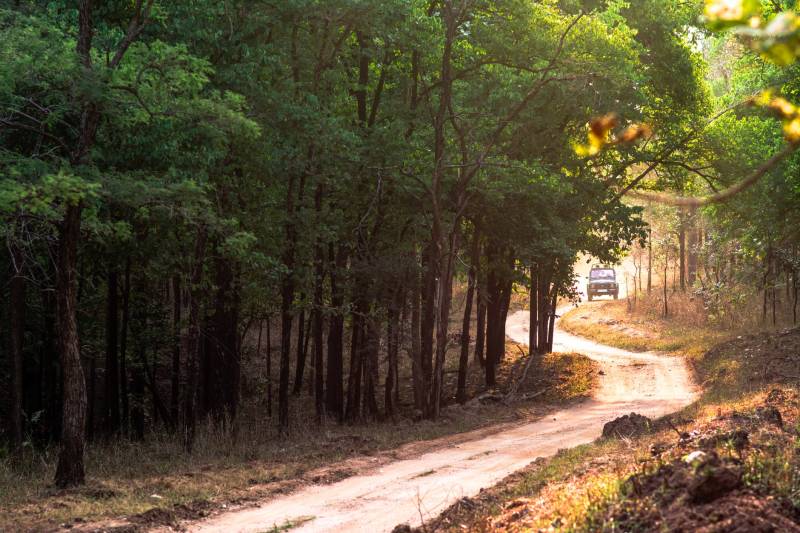
ISRF attributes the loss of forest cover to forest fires, felling of trees and other human activity | Image: Pexels
Even after huge commitments to reduce carbon emissions, the Indian government is digging up new coal reserves and destroying thousands of trees.
Unplanned development has wreaked havoc with the country’s biophysical environment, affecting public health, polluting its air and water, causing biodiversity loss and triggering drastic changes in the climate. It is a reflection of large-scale tree cutting for “developmental projects” without adequate compensatory plantation.
Areas Marking the Decline
India lost 1,20,000 hectares of forests in the last five years. there is a significant reduction in green cover in many natural forest and habitat areas of India. Forests in hills are increasing but are decreasing in tribal districts. There are 218 tribal districts across 27 states and Union Territories (UTs) identified by the government.
Kerala and Karnataka witnessed an alarming decline. In Kolkata, decades-old trees with large canopies have been cut down to widen the roads and construct bridges.
According to the report, northeastern states marked a decline of 765 sq. km. forest cover except for Assam and Tripura. The decline of the forest area in this region is a continuous trend and since 2009, the region has witnessed a loss of about 3,199 sq. km. of forest area.
Despite the notified 29.79 sq. km. the eco-sensitive zone surrounding the Sajjangarh Wildlife Sanctuary, Udaipur, the tourism associated construction has breached the zone barriers. The absence of restrictions makes the non-protected areas much more vulnerable to anthropogenic activities.
The northern Western Ghats is a patchy continuum of forests that has been severely fragmented, primarily due to human interference. According to a report by Mongabay, scientists reported a 15.83 percent reduction in overall forest cover in the Eastern Ghats during the last 95 years. Greenery in non-forest areas has declined 6.1 percent from 2,136 sq. km. in 2017 to 2,006 sq. km. in 2019.
Scientists from National Remote Sensing Agency (NRSA) have studied the patterns of declining green forests across India from 2001-2014, a measured decline in the core forest areas and identified hotspots of forest loss in the large protected forest area.
Most of the decline occurred in core areas of the different forest types, as well as over large protected areas such as Similipal Wildlife Sanctuary of Odisha, Rajaji National Park in Uttarakhand, Achanakmar Wildlife Sanctuary of Chhattisgarh and Sundarbans of West Bengal.
A new study, which used open-source satellite data, has reported a drastic decline in vegetation, with extensive drying of forests inside tiger reserves, thus raising questions on their long-term viability. The government invests heavily in resources and financial support to manage protected areas, but tree cover in PAs is constantly decreasing.
Further Loss of Green Cover
Despite all the promises and targets to set things right, the government does not seem to be very keen to do so. 30 coal blocks have been identified within the Hasdev Anand forests in Chhattisgarh that stretch for 1,70,000 hectares.
The central government has granted environmental clearance for open cast mining to commence on one of the blocks and has approved the diversion of 841 hectares in the very heart of the forest.
Around 1,06,000 trees will be cut down and 14 natural lakes filled in for the Jewar Airport in Noida in the Delhi NCR area, which is already the most polluted tract in the world.
Karnataka Road Development Corporation Limited wants to widen the road by axing trees in their wooded thousands. 8,561 trees face the axe, especially when Bengaluru’s vegetation cover has dropped to less than 3 percent in multiple development hubs. Activists have initiated a desperate fight to preserve its last green patches.
Declining Carbon Stock
Although India committed to adding carbon sink of 2.5 to 3 billion tonnes of CO2 equivalent through additional forest and tree cover by 2030, it is far too behind from achieving that target. Detailed analysis of ISFR 2019 reveals that several states have reported an overall increase in green cover their carbon stock has surprisingly dropped substantially over the past two years.
The carbon stock refers to the amount of carbon stored in forests in the form of biomass, soil, deadwood and litter. More the carbon stock, higher would be the forest’s capacity to absorb and sequester CO2, through photosynthesis.
An increase in green cover and carbon stock both indicates a healthy trend. Forests are both sources and sinks of carbon. They confiscate more carbon than any other ecosystem and keep climate change under control.
Change Course Now or Perish
Be as it may, India needs to protect the existing natural forests as planting new forests is futile unless they are regularly taken care of. Besides, amidst the rapid climate change only a few newly planted saplings survive. The small forest patches, which act as islands and corridors of biodiversity are as significant as fully grown forests and need to be saved.
PM Narendra Modi claimed the Champion of the Earth Award in 2018 at the UN, but has he accomplished his environmental goals? How will he acquire his grand announcement of reclaiming an additional 5 million hectares of degraded forest area by 2030? Or of confiscating an additional two billion tonnes of carbon dioxide at the same time?
Climate change and environmental disaster can’t be averted by fudging figures, winning awards or making tall promises. Unfortunately, till now we have had evidence of little else.
The warning is dire and urgent: change course now or perish.
